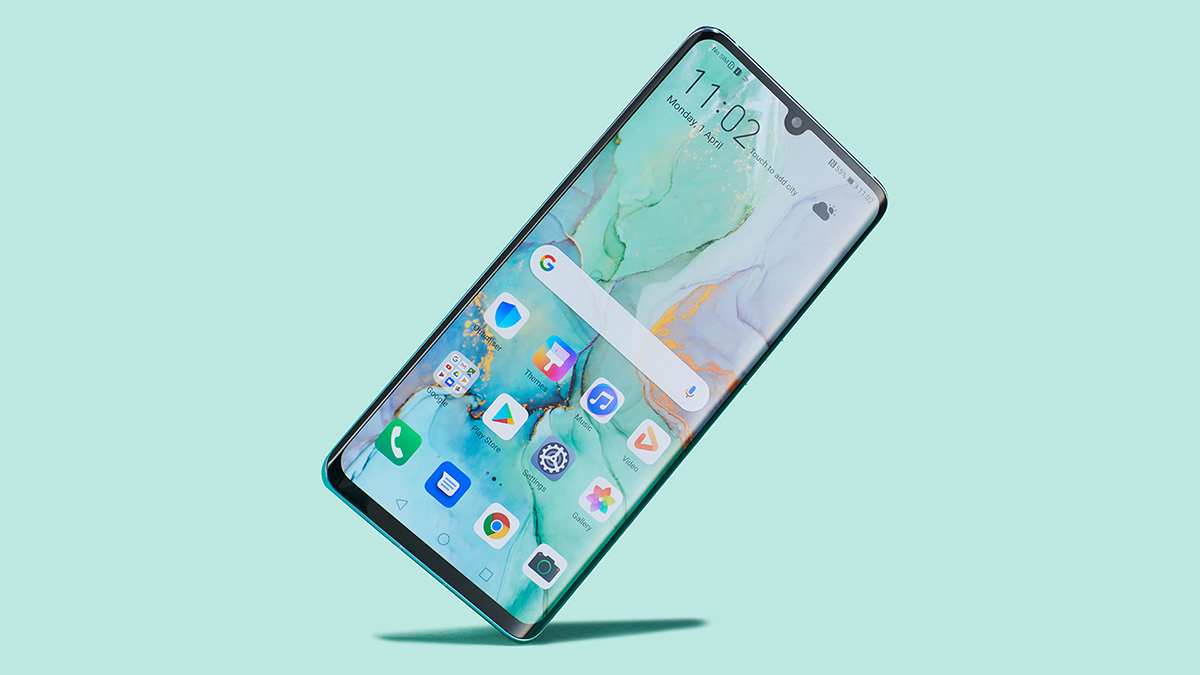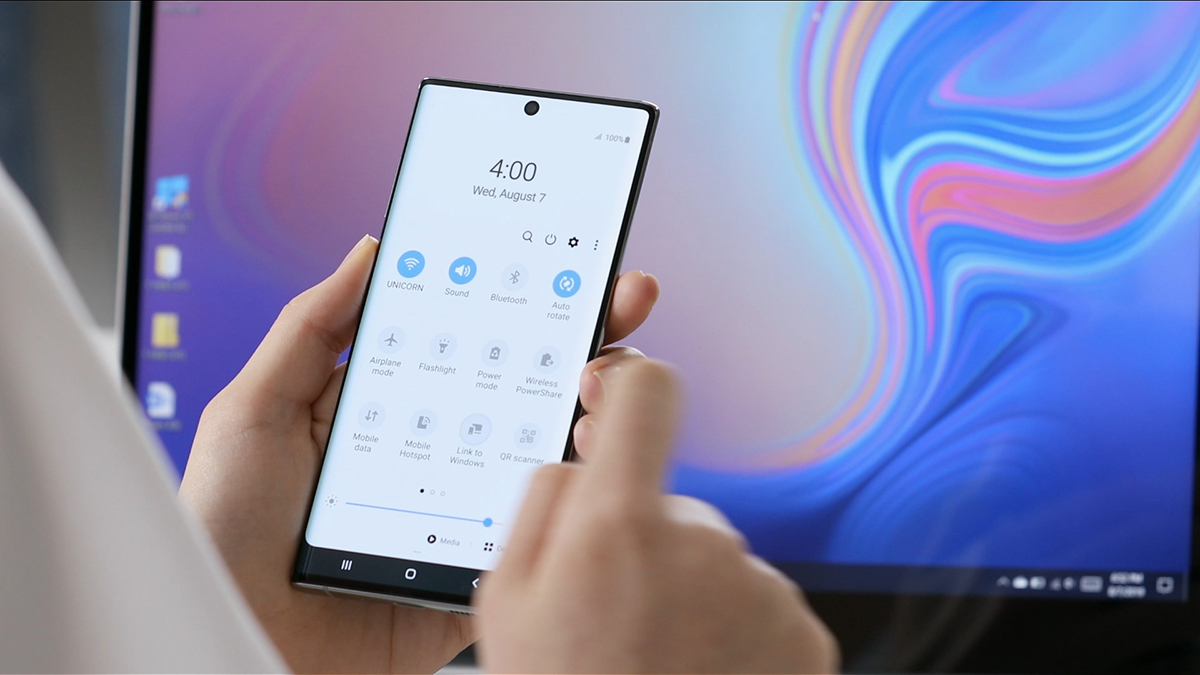Samsung Galaxy Note 10 vs Huawei Mate 30 Pro: the flagship phones, head to head
Should you buy a Note 10, or keep your wallet stowed for the Mate 30 Pro?


Now that the Samsung Galaxy Note 10 has broken cover, we know exactly how big and powerful and impressive it is. What we're not quite sure about is how the upcoming Huawei Mate 30 Pro will stack up against it – but we can still take some educated guesses.
We're not expecting the Huawei Mate 30 and Mate 30 Pro to appear until around October time, but that hasn't stopped the leaks starting to drip out. Here we'll compare what we know about the Galaxy Note 10 with what we think we know about the Mate 30 Pro.
In this article we're going to focus primarily on the Samsung Galaxy Note 10 and Huawei Mate 30 Pro, but don't forget the Note 10+ or the standard Mate 30 either – they give you other options if you want something bigger (or smaller) for your next flagship phone.
Price plays a big factor too, whenever it comes to choosing a smartphone upgrade. You can see the latest deals for the Samsung Galaxy Note 10 in the widgets on this page, and we're expecting the Huawei Mate 30 Pro to retail for around £900 (roughly $1,090) in October.
Samsung Galaxy Note 10 vs Huawei Mate 30 Pro: design

The Samsung Galaxy Note 10
Take a look at the Samsung Galaxy Note 10 and you can see that Samsung has spent many years refining its smartphone design aesthetic: with a 6.3-inch, 1,080 x 2,280 pixel screen, gently curved edges at the sides of the display, and hardly any bezels at all, it's one of the best-looking smartphones we've ever laid eyes on.
With a fingerprint sensor under the screen, a very small cut out notch at the top of the display, and a vertically aligned camera array on the back, the minimal look of the Note 10 is one that really appeals. We're also impressed with the new "Aura Glow" colour (alongside the regular white and black) which definitely owes a debt to the gradient backings that Huawei has been putting on its phones.
The rumours we've heard so far about the Huawei Mate 30 Pro suggest that we're looking at a big screen (though we're not sure exactly how big), curved edges, and a chunky notch on the front (holding a wealth of camera technology). There's also what could be a rather unusual camera design around the back. All that's certain at this stage is that Huawei will be doing the best it can to make the Mate 30 Pro a stunning-looking handset.
Get all the latest news, reviews, deals and buying guides on gorgeous tech, home and active products from the T3 experts
Samsung Galaxy Note 10 vs Huawei Mate 30 Pro: specs

The Huawei P30 Pro launched this year
Samsung has managed to stuff a whole load of power into the Galaxy Note 10. We're talking a Snapdragon 855 or Exynos 9825 processor, depending on where in the world you live, paired with 8GB of RAM and 256GB of internal storage (there's no memory card slot though, which is a shame). The Note 10 is going to power through the most demanding tasks with capacity to spare.
Other specs include the single-lens 10MP f/2.2 front-facing camera and the triple-lens 12MP f/1.5-1.8-2.4 + 12MP f/2.1 + 16 MP f/2.2 rear-facing camera (upgrade to the Note 10+ if you want an extra depth sensor too). While we haven't yet had chance to put the Note 10 through its paces in terms of taking photos, we suspect it's a strong performer (an area Huawei usually excels in too).
As for the Huawei Mate 30 Pro, it could well come with the as-yet-unannounced Kirin 990 processor from Huawei itself (both the Huawei Mate 20 Pro and the Huawei P30 Pro came with the Kirin 980). Judging by the P30 Pro, we'd say camera capabilities are going to be top-notch, and there could well be a quad-lens camera around the back.
Samsung Galaxy Note 10 vs Huawei Mate 30 Pro: features

The Samsung Galaxy Note 10
We think it's going to be hard to split the Samsung Galaxy Note 10 and the Huawei Mate 30 Pro in terms of features: both these phone manufacturers have a lot of experience in the market, and both build their flagship phones with IP68 waterproofing and dustproofing as standard, as well as throwing in wireless charging too.
We do prefer Samsung's One UI take on Android to the EMUI skin that Huawei sticks on its phones – assuming that the Huawei Mate 30 Pro actually uses Android of course. It probably will, but it's not clear which way the US-China trade wars will turn next, and we know that Huawei has the Hongmeng OS waiting in the wings.
One feature that the Note 10 boasts that the Huawei Mate 30 Pro almost certainly won't match is that S Pen stylus, complete with support for "air motion" gestures away from the screen and remote control capabilities for music and the camera. If you fancy a stylus with your next smartphone, the Samsung Galaxy Note 10 is the one to go for.
Samsung Galaxy Note 10 vs Huawei Mate 30 Pro: verdict

This could be the back of the Huawei Mate 30 Pro
We've been hugely impressed with what we've seen from the Samsung Galaxy Note 10 so far, and the Huawei Mate 30 Pro is going to have to pull out all the stops to come up with something equally appealing – given Huawei's track record though, we reckon the company is going to come out with a handset worthy of the "Pro" moniker.
One other unknown factor is how the Huawei Mate 30 Pro will be affected by the ongoing trade war between China and the US. At this stage it looks as though the Mate 30 Pro will be running Android and all the Google apps, and that it'll be eligible for official updates in the years ahead, but that could change between now and October. We should get more detailed information when the Huawei phone actually goes on sale, so make sure you read the small print (or our review).
In conclusion, the Samsung Galaxy Note 10 is one of the very best Android phones you can buy today, and we'd have no hesitation in recommending it to those that can afford it – especially with that upgraded S Pen stylus. We'll have to wait and see whether Huawei can match it, but we wouldn't bet against it.
Dave has over 20 years' experience in the tech journalism industry, covering hardware and software across mobile, computing, smart home, home entertainment, wearables, gaming and the web – you can find his writing online, in print, and even in the occasional scientific paper, across major tech titles like T3, TechRadar, Gizmodo and Wired. Outside of work, he enjoys long walks in the countryside, skiing down mountains, watching football matches (as long as his team is winning) and keeping up with the latest movies.
